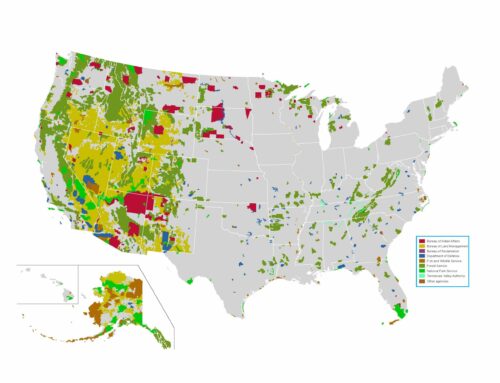by Greg Walcher, E&E Legal Senior Policy Fellow
As appearing in the Daily Sentinel
Henry Ford’s use of a moving assembly line finally made it possible for average working Americans to own cars.
Automobiles were toys for the rich, but in 1920 Ford lowered the price of a new Model T to $260, about $3,500 in current dollars. Try buying a new car today for $3,500.
What caused the price of cars to skyrocket, far beyond the rate of inflation? Other consumer products have not similarly spiked. In 1920 a new radio, the latest consumer craze, cost about $150. Cumulative inflation since then has been 1,425%, so that radio should now cost $2,288. But Amazon sells new radios with better sound for $30. In 1950 a new 14-inch TV, the new fad, cost $160, more than $2,000 in 2023 dollars. Yet Best Buy sells a 43-inch TV for only $270.
Scores of consumer products have gone down in real dollars as technology improved, while the price of cars has gone through the roof. Even though Ford upgraded to the latest technology with its Model A, by 1930 the car still sold for $650, less than half the average Americans’ annual income. Adjusted for inflation, such an everyday car would now cost $11,875. But Kelley Blue Book shows the average car today sells for $49,388 — a 7,600% increase. And the government is hell-bent on forcing everyone to switch to electric vehicles, which now average $66,000 — more than the average American’s total annual income.
A recent MotorTrend article, “We can live with the government’s push for electric cars,” began by asserting that car buyers survived earlier mandates.
“Back in the early 1970s, MotorTrend spilled a lot of ink railing against federally mandated emissions and fuel economy standards. We argued government mandates would drive up car prices…” Apparently, we’re supposed to chuckle at silly 1970s thinking, but it wasn’t silly — it is exactly what happened.






